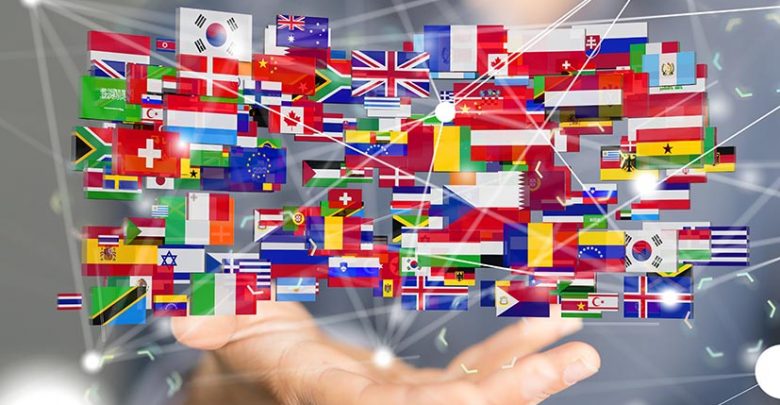What Makes a Good Translation?
Abacus Translations shares insights on what makes a text a good translation
 It's very easy to spot a bad translation: words that sound off, literal translations of idiomatic expressions, or endless sentences with countless subclauses.
It's very easy to spot a bad translation: words that sound off, literal translations of idiomatic expressions, or endless sentences with countless subclauses.
What Makes a Good Translation?
But what about a good translation? What criteria should be used to evaluate the quality of a translation from a source language to a target language? This question still stirs debate in the professional translation sphere, as language is a complex entity with many facets. However, there are some almost universally agreed-upon elements that are signs of a faithful translation. Abacus Translations has summarized the key elements that make a text a good translation.
Preserving the original style and tone used by the author
The language choices made by an author, no matter how subtle, have a direct impact on the text’s overall effect. Selecting specific words, punctuation, tone, or emotion—an author seeks to convey a message beyond just vocabulary. These preferences give the content its own unique style and tone.
Translating a document also means taking into account the author’s selections to accurately convey the emotions, style, and intention behind the words. A high-quality translation carefully considers the original style and tone of the source text, ensuring that these are faithfully reflected in the target language.
A translation that respects the cultural specifics of the target language
A language is not just a sequence of words arranged into sentences. A language is alive within the culture and the people who speak it. It constantly evolves according to the communication needs of its speakers. Did you know that in English, the word “peck” can refer to two very different concepts in French? Only the context reveals whether it refers to a bird’s beak or an affectionate kiss. Did you also know that French is the champion of wine-related vocabulary? Describing the color, flavor, and texture of wine is essential in a country like Switzerland, where vineyards play a significant role in the economy. Translating a text involves considering the world in which both the source and target languages are practiced.
Fidelity to the meaning and content of the texts
When embarking on translating a text, the first step is to grasp the essence of the words, understand the author’s message, and capture the core ideas. Translation cannot be a simple word-for-word process. Translating means shifting from one system of thought to another. Before finding the right words, the translator must first comprehend the information and the content in its entirety. This process requires significant intellectual expertise. Only then can the idea be expressed using appropriate terms and sentence structures, whether in English, German, French, or another language. Language is a lens through which we view the world. Translation allows an idea to pass through the lens of two languages. It enables the target language reader to experience the emotions intended by the original author.
A result unattainable by artificial intelligence
Many professionals are tempted to have their documents translated by a machine. While this shortcut might work for a word or to understand the general meaning of a sentence, it falls short when applied to an entire text. A translation done by a web-based AI will never match the quality of a human translator. The overall coherence of the document cannot be captured. Technical, literary, or domain-specific vocabulary will not be accurately rendered. The techniques used by professional translators are far beyond the capabilities of AI tools. At best, you’ll get a string of words forming a sentence that either fails to convey the original meaning or has a questionable style. In most cases, the document will be incomprehensible and commercially unusable.
Translation is a profession where the human element plays a vital role.
